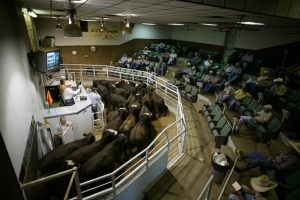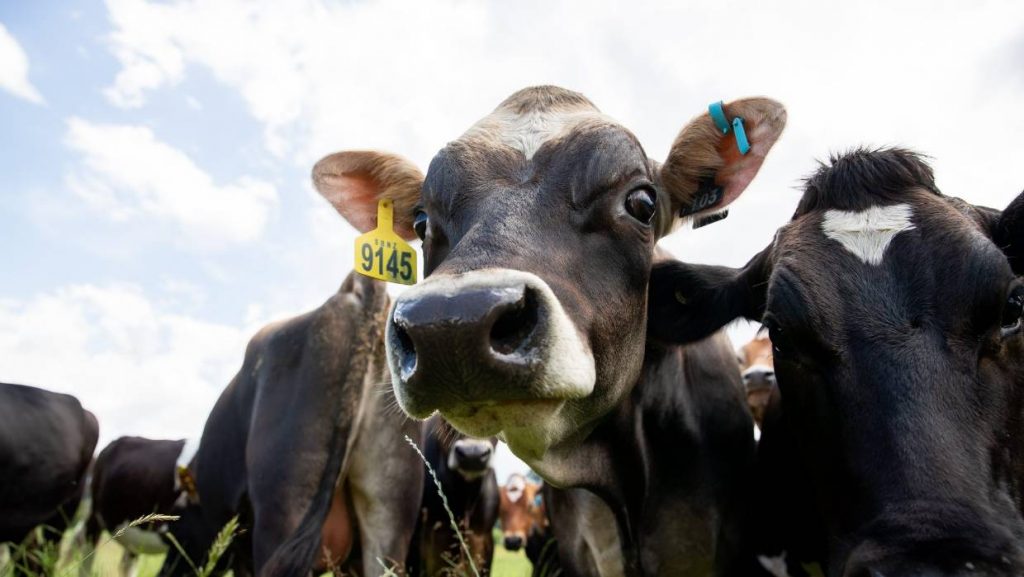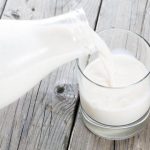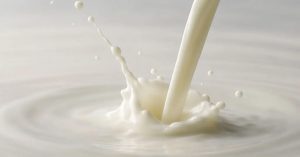
“The reality is there is contraction that has been taking place and the numbers bear it out,” says North. “We saw a 94,000 cow decline from last January’s peak to present.”
North says while that made itself known in last month’s lower production numbers, cow efficiency is still growing.
“Cow efficiency grows as you cull the herd of the worst animals because the best animals then are allowed to express themselves more,” says North. “[It] generally shows up in more milk per cow and so that showed up again.”
North says we’re just now starting the spring flush.
“Milk is flowing through the country and it’s not to say that we are flooded with milk, like we were last year, because we’re not but there’s more present than there was as we came into the start of the year,” says North. “So, we’ve seen some of the premium on milk erode a little bit.”
He says cheese vats have been very active but the country is through the big consumption window and headed for summer.
“Cheese inventories are still very bulky and when we look specifically at Italian type cheeses there’s a growing sense that’s becoming a little bit burdensome,” says North. “So we can see some pressure on the block cheese price and [that may] drag that block barrel average lower through the month of May.”
North says that typically plays out in a lower milk price as we come through the spring.
“However, as we clear some of that inventory and move into what would be presumably summer heat, we see milk production recede a little bit, which is seasonal and normal, against that smaller cow herd, we could very well start to see a little bit of tightness,” says North. “[Right] when buyers are wanting to build up their inventories going into the big fall consumption period.”
North says if all those factors fall into place, it could really start to show up as better milk prices.
“We’re telling guys to be realistic about that and look back at history,” says North. “We generally trade milk between a $13 and $18 range and [so if] we start moving towards those prices they should be doing something about it.”
























